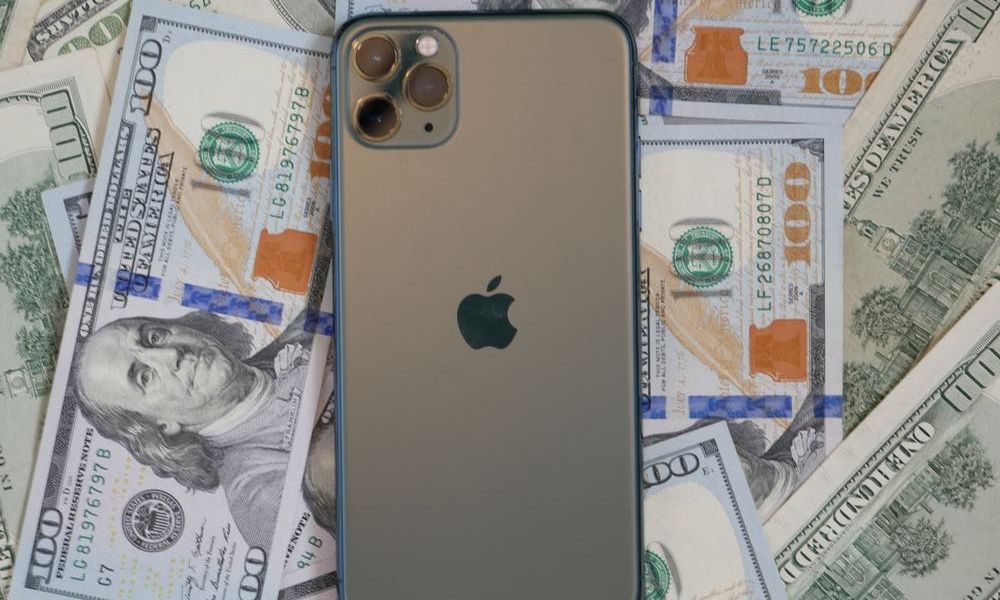Apple Is Sending Out $92 ‘Batterygate’ Payments to US iPhone Users
 Credit: RostyslavAndreychuk | Shutterstock
Credit: RostyslavAndreychuk | Shutterstock
Toggle Dark Mode
It was nearly four years ago that Apple agreed to a $500 million settlement in the “Batterygate” controversy. Now it looks like it’s finally begun paying the amounts out to affected users — and it turns out they’ll be getting more than the $25 promised initially.
On Saturday, some bewildered Redditors noticed $92.17 payments from Apple showing up in their accounts, which MacRumors later confirmed were a result of the 2020 iPhone throttling settlement, which had promised distribution of funds would begin in January 2024.
The class-action settlement covered any US resident who owned an iPhone 6, 6 Plus, 6s, 6s Plus, or iPhone SE that ran iOS 10.2.1 or later or an iPhone 7 or iPhone 7 Plus that ran iOS 11.2 or later before December 21, 2017.
Sadly, the window to file a claim closed in late 2020, so if you didn’t do so back then, you’re sadly out of luck. However, if you did, you should see your $92.17 soon — if you haven’t already.
The payment is also per claim, so if you had more than one iPhone that was affected and submitted those claims, you’ll get $92.17 for each. This could add up to several hundred dollars for some folks.
While the original payments were estimated to be only $25 per claim, that was based on the assumption that every eligible iPhone owner in the US would file one. The higher payout suggests that claims were submitted by only about one-quarter to one-third of eligible iPhone owners.
About ‘Batterygate’
For those whose recollection of the details may be fuzzy, the so-called “batterygate” incident arose from a late 2017 discovery that Apple had been deliberately slowing down older iPhone models. Many folks jumped to the conclusion that this was proof of planned obsolescence — a deliberate attempt by Apple to cripple its older devices to encourage users to upgrade.
However, the reality turned out to be a bit more nuanced. Apple admitted it was slowing down old iPhones but maintained it had done so to help its customers avoid bigger problems — in this case, unexpected shutdowns caused by aging batteries.
It’s an unavoidable consequence of the laws of physics and chemistry that older batteries have difficulty keeping up with peak power demands — especially spikes that can come from features that suddenly draw higher amounts of juice, such as taking a photo or making a phone call.
Apple’s engineers decided that giving people a slightly slower iPhone was better than one that might spontaneously power off just as you were about to capture a photo of your toddler’s first steps. Most would probably agree that wasn’t a bad call, but Apple’s failure was that it made that decision in a vacuum without consulting its customers or even telling them about it.
To be fair, Apple didn’t entirely conceal this decision, but as CEO Tim Cook later candidly admitted, it wasn’t as clear in communicating it as it should have been. The change was buried in the release notes for a minor iOS 10.2.1 update, written in somewhat technical terms.
Most significantly, this meant that many iPhone users had no idea why their iPhones seemed slower, often leading them to purchase a new iPhone when a battery replacement would have returned their device to full performance.
Apple’s CEO personally apologized for the company’s lack of transparency, and it soon began offering significantly discounted iPhone battery replacements. Apple also added a new battery health feature in iOS 11.3 to help iPhone owners understand when their devices may no longer be getting the best performance and should consider replacing their device’s battery.
Nevertheless, Apple still had to face the music with a series of lawsuits, senate inquiries, and even fines from foreign governments for Apple’s “dishonest commercial practices.”








